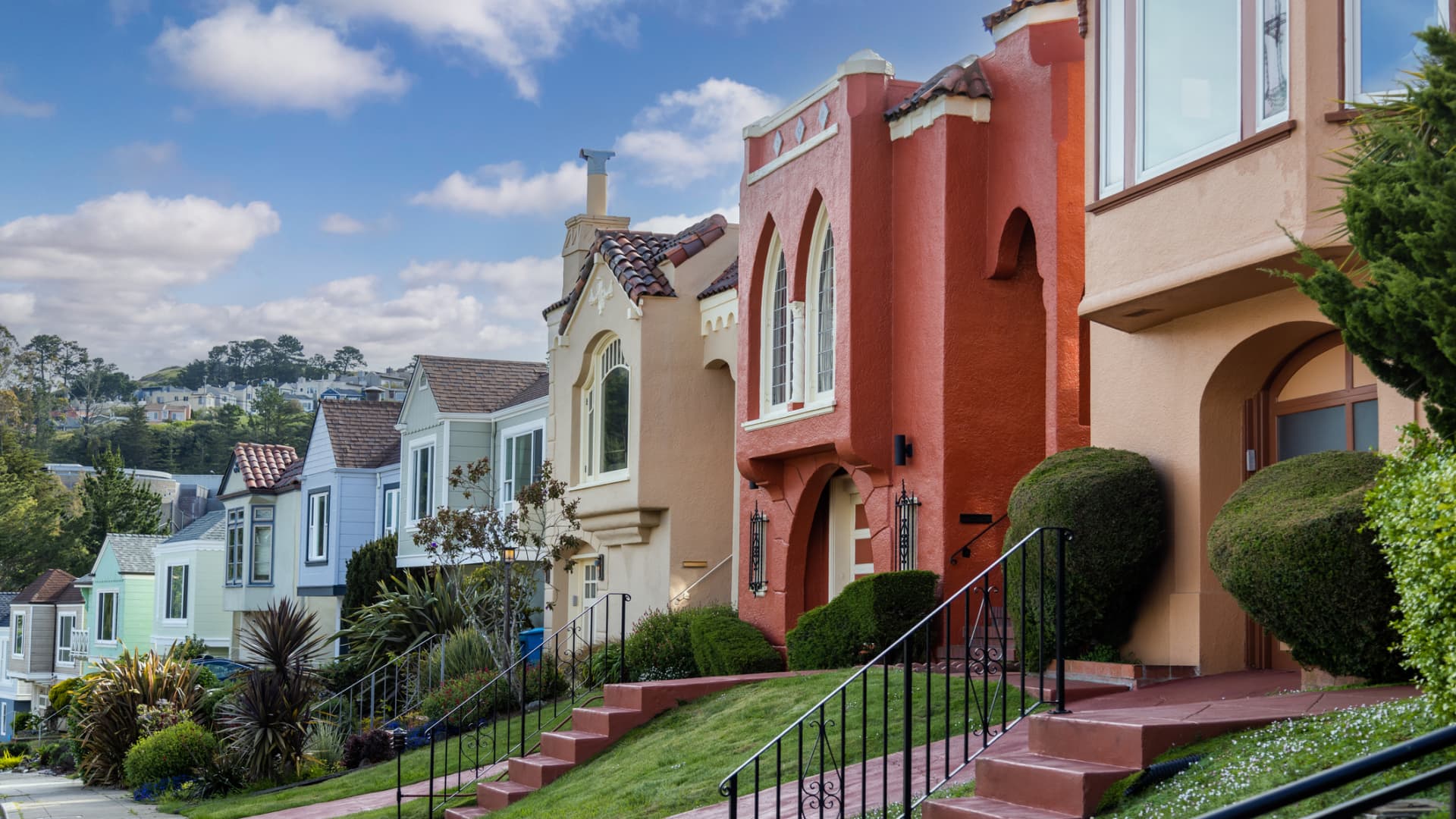Products You May Like
Coming up with a large chunk of cash for a down payment is likely the first thing that comes to mind when people think of buying a house one day. But you probably don’t need as much money as you think.
The idea of the 20% down payment as a standard dates back to the Great Depression, when mortgages were usually shorter than the 30-year term that is standard today (and down payment requirements were often even higher than one-fifth of the property’s cost). In the following decades, many government-backed mortgages mandated a 20% down payment.
That’s a daunting figure at today’s prices. The typical house in the U.S. has a median price of around $400,000. Applying the 20% rule would mean you’d need $80,000.
Close to 40% of Americans who don’t own a house point to a lack of savings for a down payment as a reason, according to a new CNBC Your Money Survey conducted by SurveyMonkey. (In total, more than 4,300 adults in the U.S. were surveyed in late August for the report.)
But in reality, “the typical first-time buyer has a down payment well under 20%,” said Jessica Lautz, deputy chief economist and vice president of research at the National Association of Realtors.
More often, Lautz said, people come up with just 6% or 7% as a down payment on their first home. During the first quarter of 2023, the typical down payment on a single-family home represented 7.5% of the median price, according to ATTOM, a real estate data company.
In that case, on the median-priced house in the U.S., you’d need around $24,000.
Better still, there are programs available that may help many would-be homeowners put down even less.
Some mortgages require little to no money down
The federal government, states, banks and credit unions all offer programs with less daunting down payment requirements than the 20% figure, experts say.
Some federal government-supported programs allow you to buy a house with no down payment, or a very low one. The U.S. Department of Agriculture, the Federal Housing Administration and Department of Veterans Affairs, among others, have programs with low down payments.
Financial intuitions, meanwhile, also provide lower options. U.S. Bank advertises a down payment as little as 3%. Zillow recently rolled out a 1% down payment option in Arizona for eligible borrowers, with Zillow Home Loans putting down another 2%.
Keep in mind that because a down payment lower than 20% is considered more risky for the lender, you’ll likely have to pay mortgage insurance if you come up with less. That typically costs between $30 and $70 per month for every $100,000 borrowed, according to Freddie Mac.
Homebuyer grants help cover some costs
Even as home prices and interest rates have risen, “homeownership is still the best option for building equity long-term,” said Daniel Brennan, director of MaineHousing.
Some states, cities and other groups have programs that award grants to homebuyers that bolster their down payment or help cover closing costs.
The Maine housing authority’s First Home program provides eligible homebuyers with grants of between $5,000 and $10,000 for down payment and closing costs. The funds come with requirements that people take homeowner and financial literary courses.
DC Open Doors in Washington, D.C., offers down payment assistance, as well. And HomeFirst is a program in New York that provides eligible residents with as much as $100,000 toward their down payment or closing expenses.
“First-time homebuyers should know there are resources available,” said Wendi Redfern, senior vice president of single-family programs at DC Housing Finance Agency.
People can visit Hud.gov to find state and local down payment assistance programs in their area, Lautz said. The Down Payment Resource website also matches borrowers with options.
